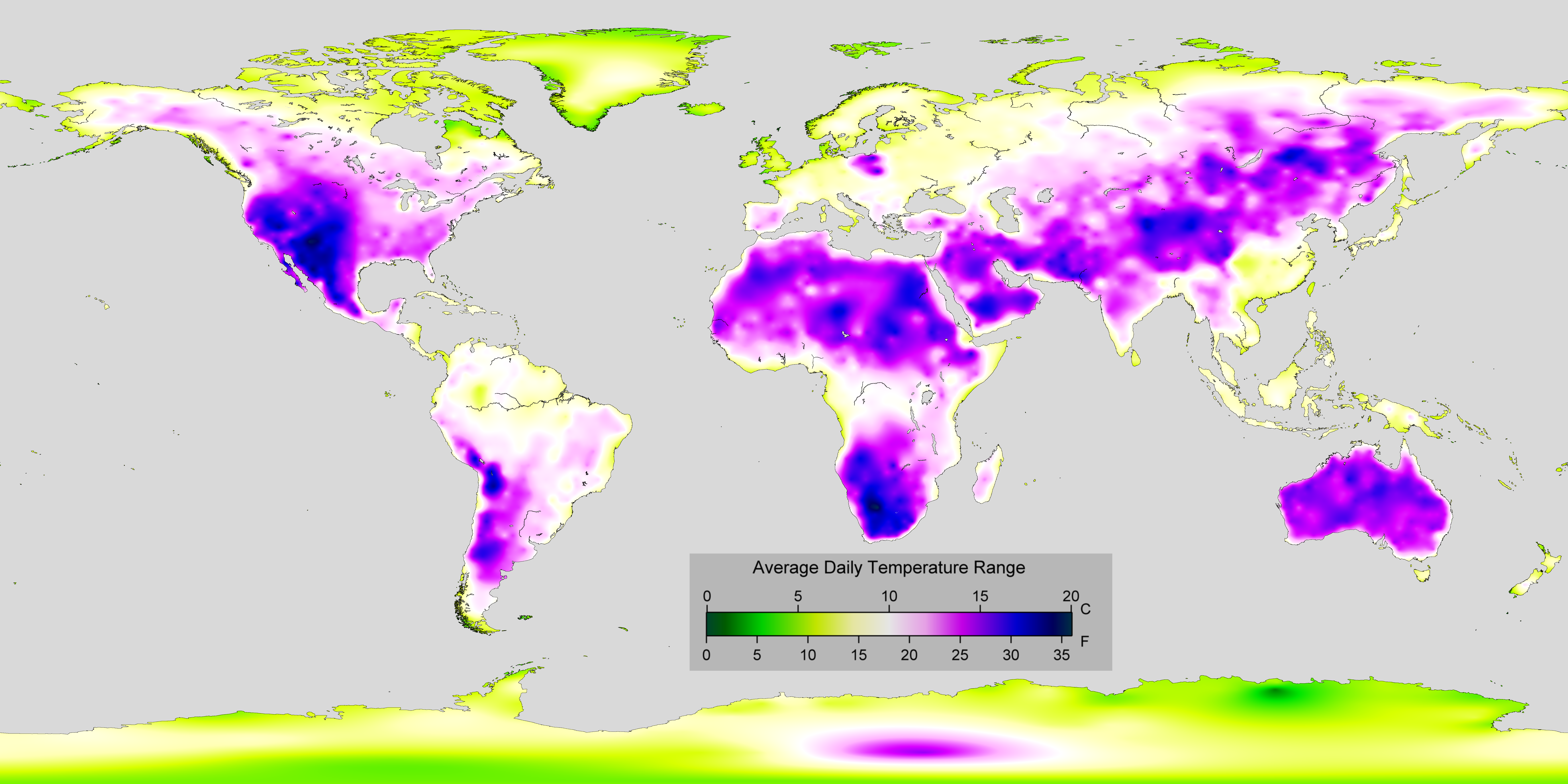|
Willow Creek, California
Willow Creek (formerly China Flat) is a census-designated place (CDP) in Humboldt County, California, United States. The population was 1,710 at the 2010 census, down from 1,743 at the 2000 census. The town is located around from county seat and harbor city Eureka. Willow Creek sits along the Trinity River. Willow Creek is described as a "rugged mountain community nestled in the heart of the Six Rivers National Forest." This area of California is located in the Trinity/Shasta/Cascade Region, near the Oregon border, and is easily reached via State Routes 299 and 96 (the "Bigfoot Scenic Byway"). The town is approximately south of where the Patterson-Gimlin film was made. Willow Creek calls itself the Bigfoot capital of the world, has a and holds an annual "Bigfoot Daze" festival in September in honor of the cryptid, followed by various festivities in a local park. The roadhead of the Bluff Creek / Fish Lake Road, near which many alleged Bigfoot sightings and footprint ... [...More Info...] [...Related Items...] OR: [Wikipedia] [Google] [Baidu] |
Census-designated Place
A census-designated place (CDP) is a Place (United States Census Bureau), concentration of population defined by the United States Census Bureau for statistical purposes only. CDPs have been used in each decennial census since 1980 as the counterparts of incorporated places, such as self-governing city (United States), cities, town (United States), towns, and village (United States), villages, for the purposes of gathering and correlating statistical data. CDPs are populated areas that generally include one officially designated but currently unincorporated area, unincorporated community, for which the CDP is named, plus surrounding inhabited countryside of varying dimensions and, occasionally, other, smaller unincorporated communities as well. CDPs include small rural communities, Edge city, edge cities, colonia (United States), colonias located along the Mexico–United States border, and unincorporated resort and retirement community, retirement communities and their environs. ... [...More Info...] [...Related Items...] OR: [Wikipedia] [Google] [Baidu] |
California State Route 299
State Route 299 (SR 299) is an east–west state highway in the U.S. state of California that runs across the northern part of the state. At , it is the third longest California state route, after Route 1 and Route 99, and the longest east-west route. Route 299's western terminus is at US 101 at the northern edge of Arcata, and its eastern terminus is at the Nevada state line at a point east of Cedarville. Between Arcata and Redding, Route 299 intersects with State Route 96, and is briefly co-signed with State Route 3. In Redding, it intersects with State Route 273, State Route 44, and Interstate 5. East of Redding, it intersects with State Route 89, and a section is co-signed with State Route 139 before reaching Alturas. It is then co-signed with U.S. 395 northeast of Alturas, and then runs east through Cedarville and to the border with Nevada. A ghost town, Vya, Nevada, can be reached via this route, which after the border becomes a dirt road, which was formerly ... [...More Info...] [...Related Items...] OR: [Wikipedia] [Google] [Baidu] |
Asian (U
Asian may refer to: * Items from or related to the continent of Asia: ** Asian people, people in or descending from Asia ** Asian culture, the culture of the people from Asia ** Asian cuisine, food based on the style of food of the people from Asia ** Asian (cat), a cat breed similar to the Burmese but in a range of different coat colors and patterns * Asii (also Asiani), a historic Central Asian ethnic group mentioned in Roman-era writings * Asian option, a type of option contract in finance * Asyan, a village in Iran See also * * * East Asia * South Asia * Southeast Asia Southeast Asia is the geographical United Nations geoscheme for Asia#South-eastern Asia, southeastern region of Asia, consisting of the regions that are situated south of China, east of the Indian subcontinent, and northwest of the Mainland Au ... * Asiatic (other) {{disambiguation ... [...More Info...] [...Related Items...] OR: [Wikipedia] [Google] [Baidu] |
Native American (U
Native Americans or Native American usually refers to Native Americans in the United States Native Americans (also called American Indians, First Americans, or Indigenous Americans) are the Indigenous peoples of the Americas, Indigenous peoples of the United States, particularly of the Contiguous United States, lower 48 states and A .... Related terms and peoples include: Ethnic groups * Indigenous peoples of the Americas, the pre-Columbian peoples of North, South, and Central America and their descendants * Indigenous peoples in Canada ** First Nations in Canada, Canadian Indigenous peoples who are neither Inuit nor Métis ** Inuit, Indigenous peoples inhabiting the Arctic and subarctic regions of Greenland, Labrador, Quebec, Nunavut, the Northwest Territories, and Alaska. ** Métis in Canada, specific cultural communities who trace their descent to early communities consisting of both First Nations people and European settlers * Indigenous peoples of Costa Rica * Indi ... [...More Info...] [...Related Items...] OR: [Wikipedia] [Google] [Baidu] |
African American (U
African Americans, also known as Black Americans and formerly also called Afro-Americans, are an Race and ethnicity in the United States, American racial and ethnic group that consists of Americans who have total or partial ancestry from any of the Black people, Black racial groups of Africa. African Americans constitute the second largest ethno-racial group in the U.S. after White Americans. The term "African American" generally denotes descendants of Slavery in the United States, Africans enslaved in the United States. In 2023, an estimated 48.3 million people self-identified as Black, making up 14.4% of the country’s population. This marks a 33% increase since 2000, when there were 36.2 million Black people living in the U.S. African-American history began in the 16th century, with Africans being sold to Atlantic slave trade, European slave traders and Middle Passage, transported across the Atlantic to Slavery in the colonial history of the United States, the Western He ... [...More Info...] [...Related Items...] OR: [Wikipedia] [Google] [Baidu] |
White (U
White is the lightest color and is achromatic (having no chroma). It is the color of objects such as snow, chalk, and milk, and is the opposite of black. White objects fully (or almost fully) reflect and scatter all the visible wavelengths of light. White on television and computer screens is created by a mixture of red, blue, and green light. The color white can be given with white pigments, especially titanium dioxide. In ancient Egypt and ancient Rome, priestesses wore white as a symbol of purity, and Romans wore white togas as symbols of citizenship. In the Middle Ages and Renaissance a white unicorn symbolized chastity, and a white lamb sacrifice and purity. It was the royal color of the kings of France as well as the flag of monarchist France from 1815 to 1830, and of the monarchist movement that opposed the Bolsheviks during the Russian Civil War (1917–1922). Greek temples and Roman temples were faced with white marble, and beginning in the 18th c ... [...More Info...] [...Related Items...] OR: [Wikipedia] [Google] [Baidu] |
Mediterranean Climate
A Mediterranean climate ( ), also called a dry summer climate, described by Köppen and Trewartha as ''Cs'', is a temperate climate type that occurs in the lower mid-latitudes (normally 30 to 44 north and south latitude). Such climates typically have dry summers and wet winters, with summer conditions being hot and winter conditions typically being mild. These weather conditions are typically experienced in the majority of Mediterranean-climate regions and countries, but remain highly dependent on proximity to the ocean, altitude and geographical location. The dry summer climate is found throughout the warmer middle latitudes, affecting almost exclusively the western portions of continents in relative proximity to the coast. The climate type's name is in reference to the coastal regions of the Mediterranean Sea, which mostly share this type of climate, but it can also be found in the Atlantic portions of Iberia and Northwest Africa, the Pacific portions of the United States ... [...More Info...] [...Related Items...] OR: [Wikipedia] [Google] [Baidu] |
Diurnal Temperature Variation
In meteorology, diurnal temperature variation is the variation between a high air temperature and a low temperature that occurs during the same day. Temperature lag Temperature lag, also known as thermal inertia, is an important factor in diurnal temperature variation. Peak daily temperature generally occurs ''after'' noon, as air keeps absorbing net heat for a period of time from morning through noon and some time thereafter. Similarly, minimum daily temperature generally occurs substantially after midnight, indeed occurring during early morning in the hour around dawn, since heat is lost all night long. The analogous annual phenomenon is seasonal lag. As solar energy strikes the Earth's surface each morning, a shallow layer of air directly above the ground is heated by conduction. Heat exchange between this shallow layer of warm air and the cooler air above is very inefficient. On a warm summer's day, for example, air temperatures may vary by from just above the ground t ... [...More Info...] [...Related Items...] OR: [Wikipedia] [Google] [Baidu] |
Eureka, California
Eureka ( ; Wiyot: ; Hupa: ; ) is a city and the county seat of Humboldt County, located on the North Coast of California. The city is located on U.S. Route 101 on the shores of Humboldt Bay, north of San Francisco and south of the Oregon border. At the 2020 census, the population of the city was 26,512 and the population of the greater Eureka area was 48,119. Eureka is the largest coastal city between San Francisco and Portland, Oregon, and the westernmost city of more than 25,000 residents in the 48 contiguous states.Eureka (city), California , State & County QuickFacts, January 10, 2013, note: in data set The proximity to the sea causes the city to have an extremely maritime climate with very small annual temperatu ... [...More Info...] [...Related Items...] OR: [Wikipedia] [Google] [Baidu] |
United States Census Bureau
The United States Census Bureau, officially the Bureau of the Census, is a principal agency of the Federal statistical system, U.S. federal statistical system, responsible for producing data about the American people and American economy, economy. The U.S. Census Bureau is part of the United States Department of Commerce, U.S. Department of Commerce and its Director of the United States Census Bureau, director is appointed by the president of the United States. Currently, Ron S. Jarmin is the acting director of the U.S. Census Bureau. The Census Bureau's primary mission is conducting the United States census, U.S. census every ten years, which allocates the seats of the United States House of Representatives, U.S. House of Representatives to the U.S. state, states based on their population. The bureau's various censuses and surveys help allocate over $675 billion in federal funds every year and it assists states, local communities, and businesses in making informed decisions. T ... [...More Info...] [...Related Items...] OR: [Wikipedia] [Google] [Baidu] |
Tsnungwe
The Tsnungwe (current Hupa-language orthography, own name: - "Tse:ning-din (Ironside Mountain) People") or ''Tsanunghwa'' are a Native American people indigenous to the modern areas of the lower South Fork Trinity River (), Willow Creek (), Salyer (), Burnt Ranch (/) and New River () along the Trinity River ( 'river') in Trinity and Humboldt County in California. The Tsnungwe were a bilingual Hupa-Chimariko-speaking people and are known by the Hupa-speaking peoples as . The primary language was the Tsnungwe dialect of Hupa, and the secondary language was Chimariko, although spoken with a Hupa accent. The Tsnungwe include two sub-groups called ('People of ') after their most important settlement and religious center, and the // ('grass, prairies-amongst-people') along New River. The Karuk living north of the Salmon River Divide called the // ('New River People'). The Norelmuk Wintu from Hayfork called the Tsnungwe ''Num-nor-muk''. Because their language is a dialect ... [...More Info...] [...Related Items...] OR: [Wikipedia] [Google] [Baidu] |




